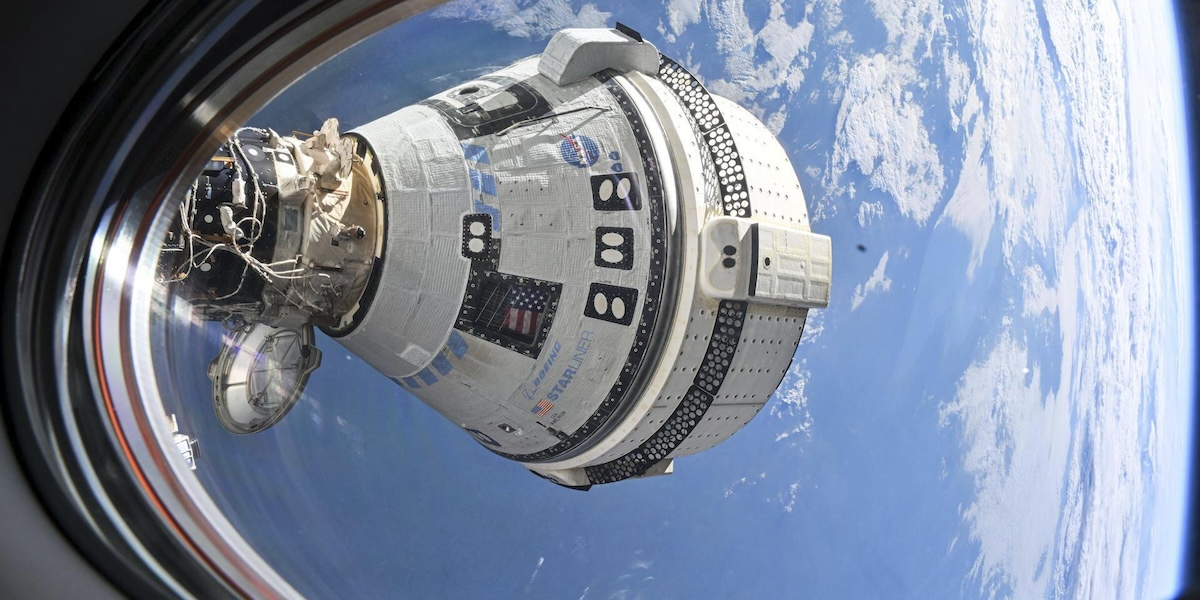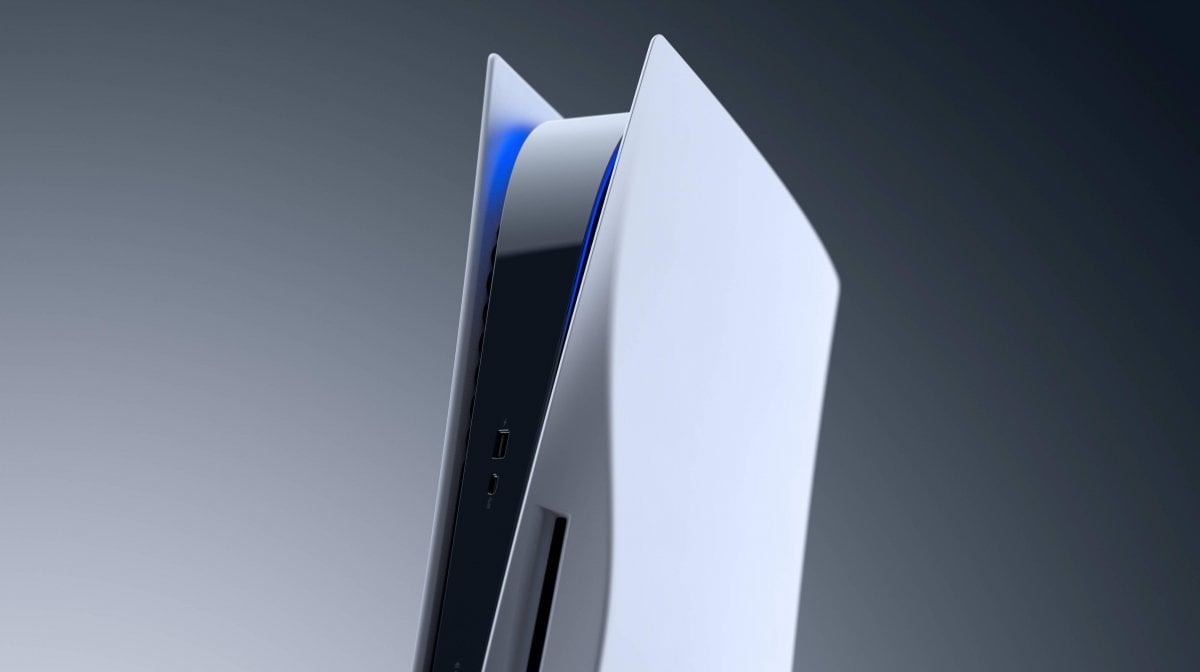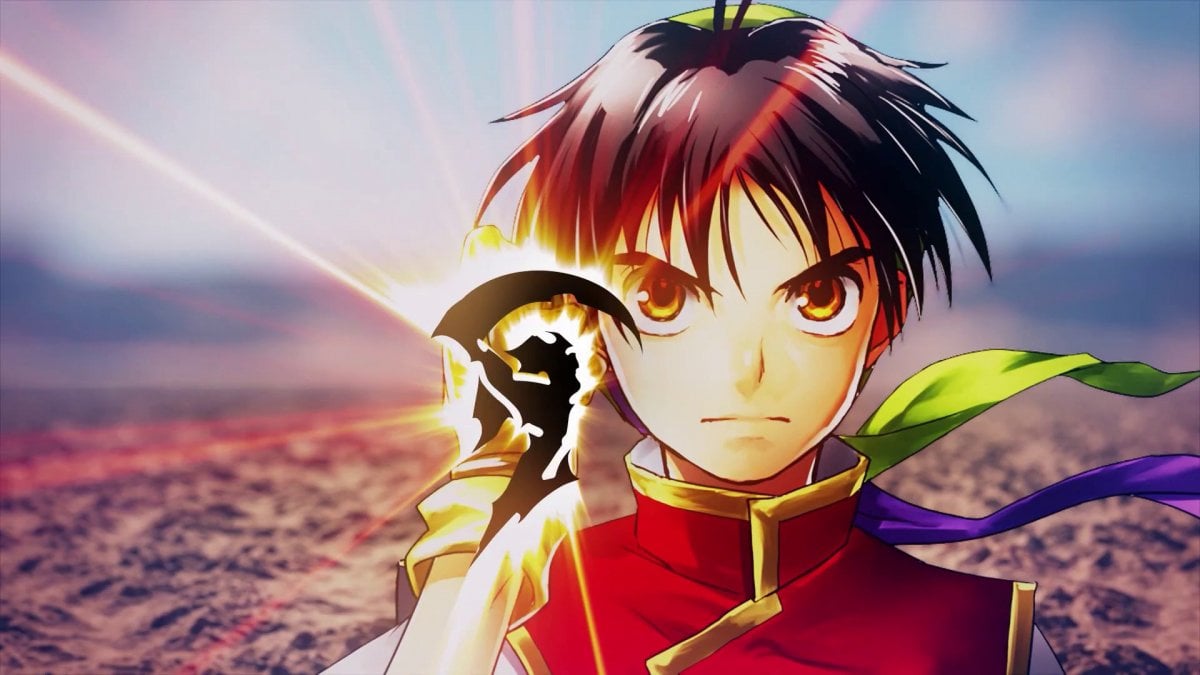Last June 5, two NASA astronauts left for the International Space Station (ISS) for a mission that should have lasted more than a week: almost 80 days later, they still haven't returned to Earth.
Starliner, the Boeing capsule that carried them beyond Earth's atmosphere, had some technical problems and for more than two months NASA has been wondering whether it is safe enough to bring its two astronauts back. After many postponements and hesitations, in a meeting planned By Saturday, Aug. 24, space agency managers must agree on a recovery plan: one of the most difficult decisions about the safety of astronaut transportation systems since the space shuttle era.
The Starliner launch went according to plan in early June, but problems with the maneuvering systems emerged before the capsule reached the ISS. Five of the 28 thrusters were used to orient the capsule and adjust its course Work stoppedSome additional measures are required to make docking with the station possible at an altitude of 400 km.
For the Starliner, it was the first flight with astronauts after years of testing and delivery delays. Testing to prove Starliner's reliability and safety is still formally underway as part of NASA's plan to entrust missions to the ISS to private individuals, as it has already successfully done with Elon Musk's space company SpaceX.
After Willmore and Williams' arrival at the ISS, technicians tried to understand the reasons for the failure of the thrusters. To do this, they ran some tests on Earth, finding a possible problem with the Teflon part of the thruster valves (the plastic material that keeps the pans from sticking), which could deform slightly as the thruster passes through, blocking the thruster. Flowing in the right places. However, later analyzes led them to doubt those estimates: once deformed, Teflon did not recover its original shape, but tests carried out in orbit was shown The thrusters now seem to be operating normally. Suspicions are that this will temporarily block the valves and the problem could recur during the Starliner's re-entry stages, which could be catastrophic if the blocked engine explodes.
Uncertainty about the true causes of the thrusters' failure led to a long conflict between Boeing and NASA technicians, which continues to this day and led to Williams and Wilmore's long stay on the ISS. The station has enough resources to accommodate two additional guests, but if they stay too long, there could be consequences for other missions, as space on the ISS is still limited.
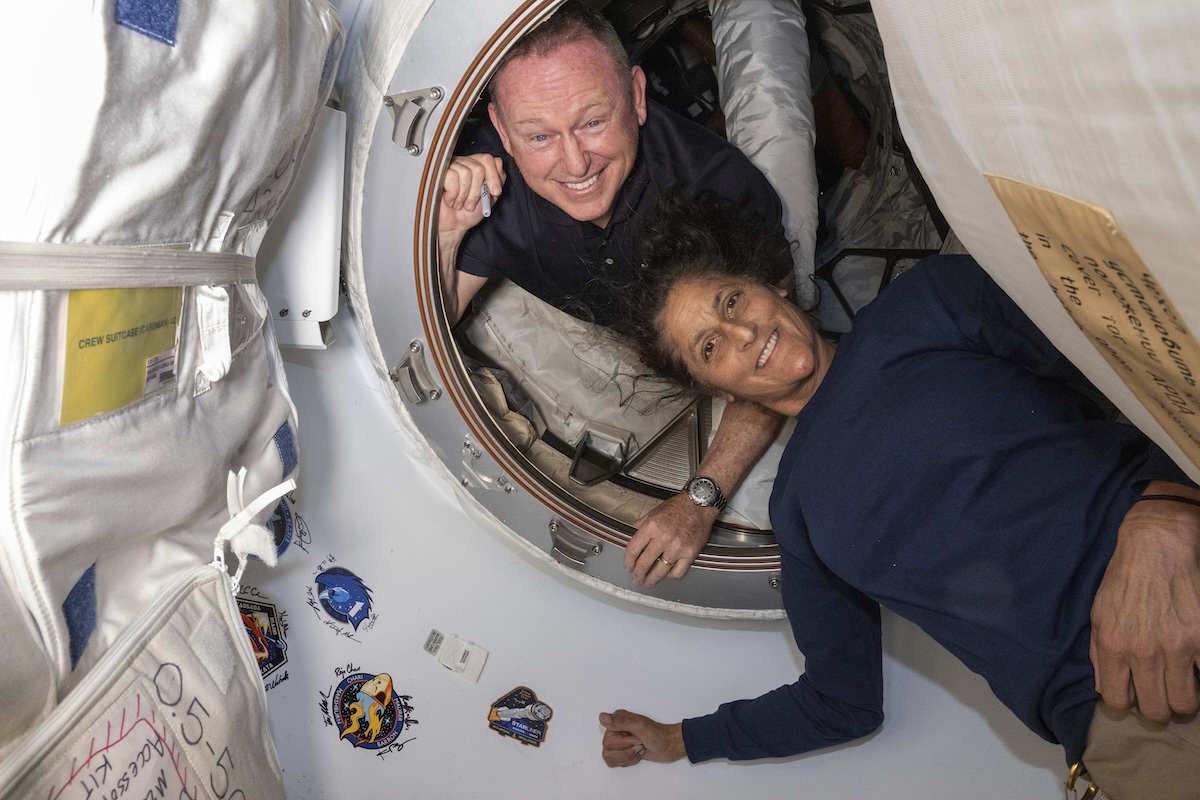
NASA astronauts Butch Wilmore and Suni Williams aboard the International Space Station (NASA via AP)
Also, some effects have already occurred on operations in orbit. Within weeks of Starliner's launch, NASA postponed the next space mission to the ISS, operated by SpaceX, for at least a month. Departure will not happen Before September 24thBut time is still tight: SpaceX needs to know soon whether to send four astronauts, as originally planned, or just two to welcome Williams and Wilmore on the return mission. This should be known in advance from the time it takes to build a Crew Dragon transport capsule based on the number of occupants. So NASA has a few days to decide what to do, and it won't be an easy choice.
Unless Williams and Wilmore are sent back with Starliner, the two astronauts will remain on the ISS until next February, when they can make the return journey aboard the Crew Dragon capsule. Under these circumstances Williams and Wilmore would remain on station for eight months, a considerable extension of the eight-day mission. Before Crew Dragon arrives at the end of September, Starliner must leave the ISS to free up docking space for the SpaceX capsule. So the Starliner must be configured to return to Earth automatically, without a crew on board, another time-consuming process that requires a decision from NASA soon.
Must be till the final exam Kenneth BowersoxChief of the Space Agency's Flight Operations Division. A former astronaut, Powersox was aboard the International Space Station in 2003 when the Space Shuttle Columbia disaster broke up upon re-entry into Earth's atmosphere, resulting in the deaths of seven people on board. I remembered Stephen Clarks on Ars Technica. At the time, damage to the spacecraft's heat shield by debris during the launch phase was underestimated, which strongly influenced the safety criteria adopted by the US space program and NASA.
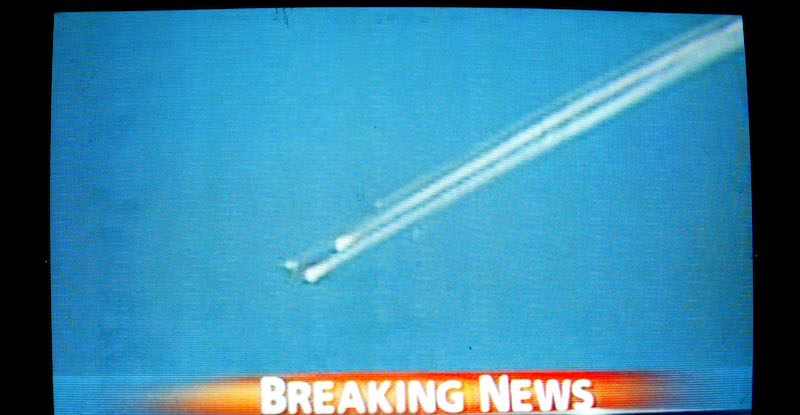
Space shuttle Columbia disintegrates during re-entry into Earth's atmosphere on February 1, 2003 (Mario Tama/Getty Images).
Bowersox makes decisions based on information and advice provided by task forces responsible for reviewing spaceflight, defense, and spaceflight and in consultation with representatives of astronauts. If conflicting opinions emerge, the final decision can be left to NASA Administrator Bill Nelson (who is a former astronaut). Nelson recently tried his own way is reassuring In the decision-making process: “I'm confident, especially since I have the final decision.”
Everyone who was already working at NASA during the Columbia disaster will have to decide what to do with Bowersach, which according to many experts will affect the choices of the next few days. Starliner's managers, who had a strong vested interest in decision-making depending on Boeing, reiterated that the safety of the astronauts was the priority and that the final choice rested with those in charge. NASA
The current director of Starliner operations for Boeing, Leroy Cain, He was an airline director Columbia disintegrated during re-entry into the atmosphere. He was working in the control center at NASA's Johnson Space Center at the time and watched the crash in real time, with the spacecraft's sensors detecting various structural failures in its left wing that would ultimately lead to the spacecraft's destruction. Even before Starliner's launch, when other technical problems emerged, Caine promised not to launch the capsule until it was ready.
Due to the involvement of the likes of Bowersox and Cain, many parallels have been made in recent weeks between Columbia and Starliner, even though the two spacecraft have very different characteristics and histories. In 2003, when Columbia actually launched, the damage was not entirely clear, and with the knowledge of the time, the spacecraft appeared to have all the requirements for re-entry; Also, there are not many alternatives or possibilities for exploring astronaut recovery plans in other ways. However, the Starliner's problems were widely known and in addition to those that appeared during the long development phase, which took years longer than expected.
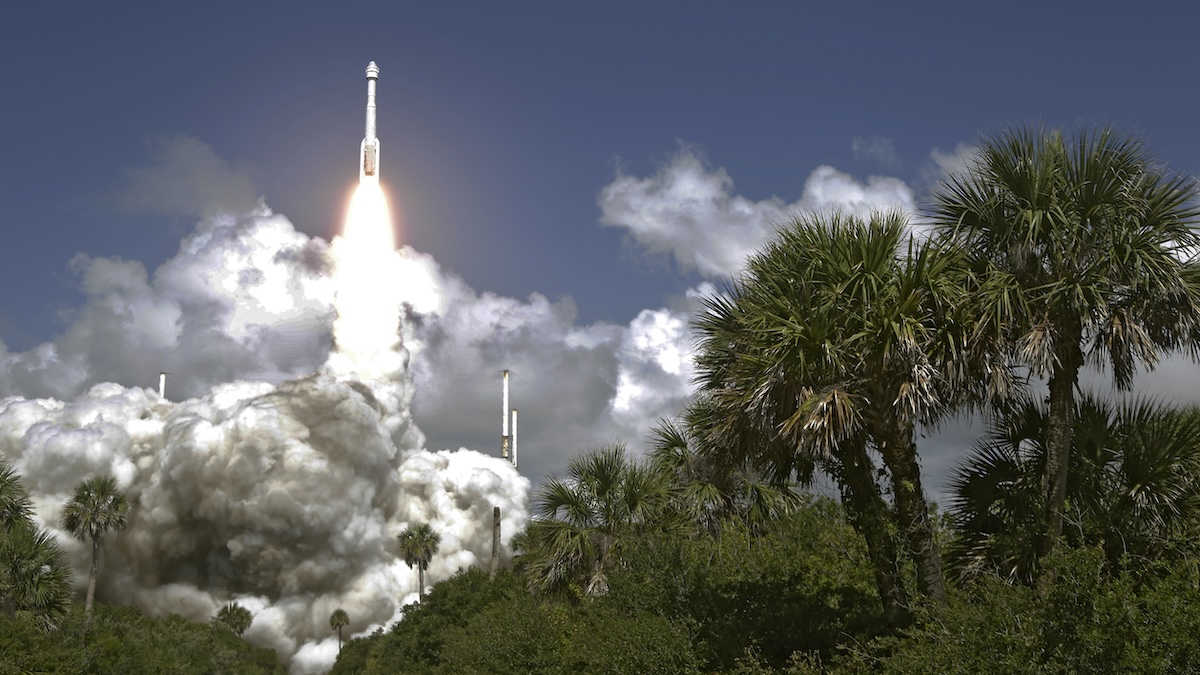
Starliner launches on an Atlas V rocket from Cape Canaveral, Florida, U.S., on June 5, 2024 (AP Photo/Chris O'Meara)
The high frequency of space launches with astronauts required for crew rotations on the ISS has led to the normalization of space activities in recent years, and it is almost accepted that some humans will outlive Earth. It lives in the atmosphere and in orbit for a few months. In fact, reaching orbit is still one of the riskiest things one can do: astronauts know this and know that risks are part of their job and that space agencies do everything possible to minimize them.
This often postpones space launches with major precautions and crews, but it also explains the caution NASA maintains on Starliner, despite delays and the possibility of rethinking some plans not only in the short term, but also in the long term. .
If the Starliner returns to Earth without a mission, a new test flight may be needed to certify the space capsule for human missions. The deadline will be extended further and Boeing may not be able to guarantee the six missiles foreseen by the contract by 2030. For Boeing, it will further damage its image after the safety problems that have appeared on some of its planes in recent years and led to general doubts about the company's reliability in terms of safety.
Despite NASA's decision on Saturday, Boeing still lost its space race with SpaceX. After the shuttles were retired in 2011, in 2014 NASA awarded two companies the task of carrying crews into orbit, funding SpaceX with $2.6 billion and Boeing with $4.2 billion. Although the latter has yet to complete a test mission, SpaceX has sent 11 crews to the ISS in four years and is preparing for a twelfth mission.

“Beer practitioner. Pop culture maven. Problem solver. Proud social media geek. Total coffee enthusiast. Hipster-friendly tv fan. Creator.”

